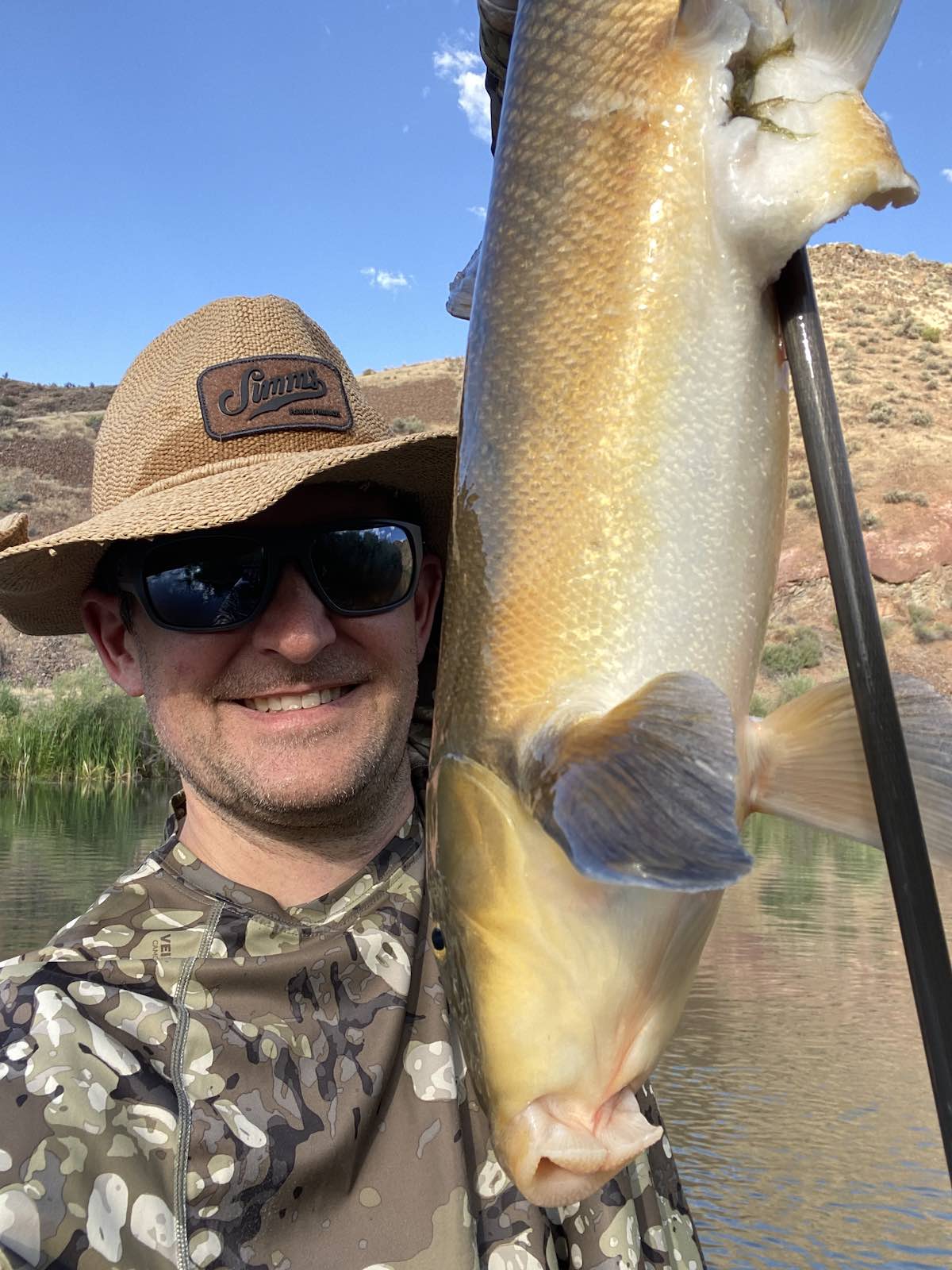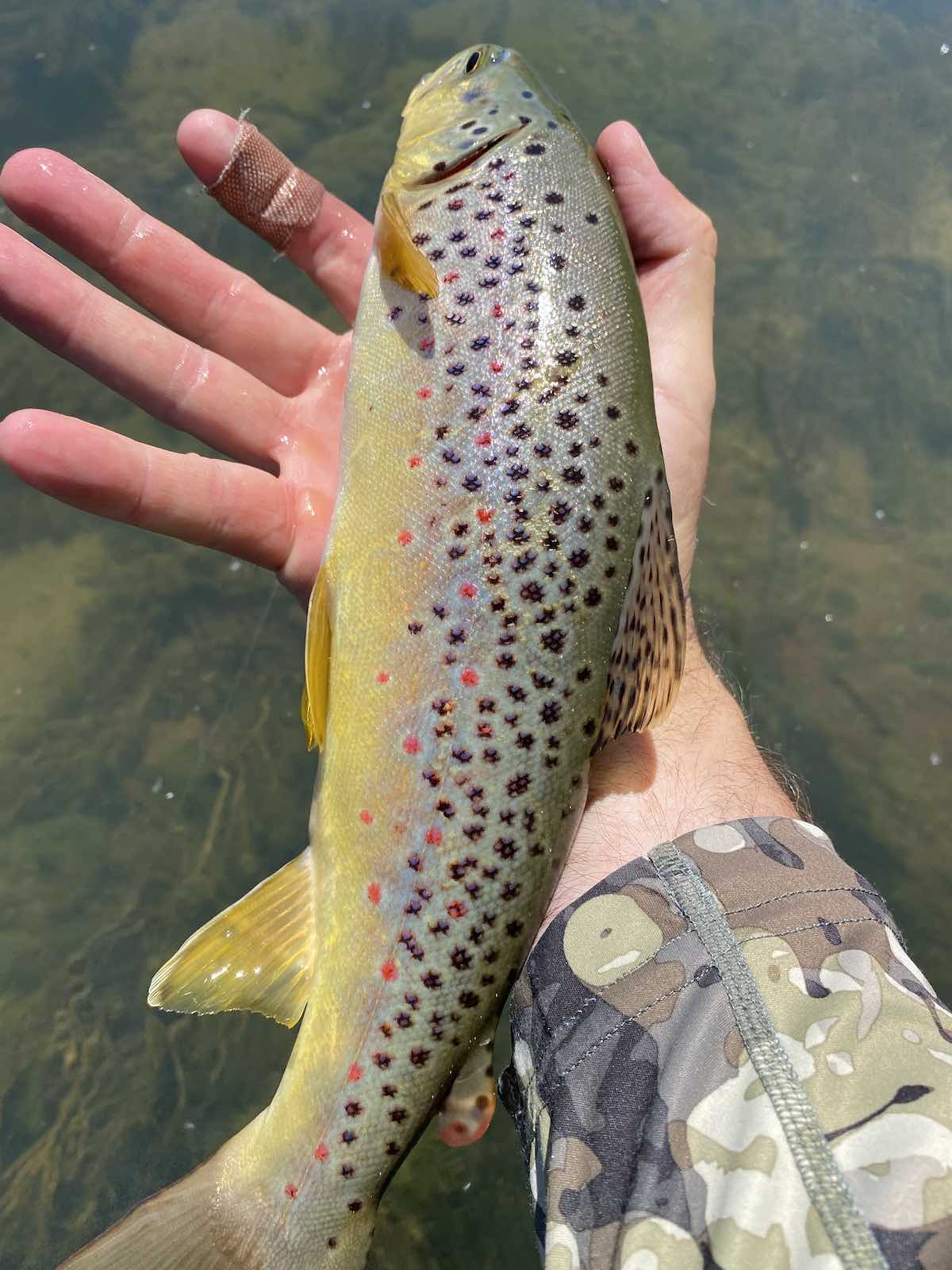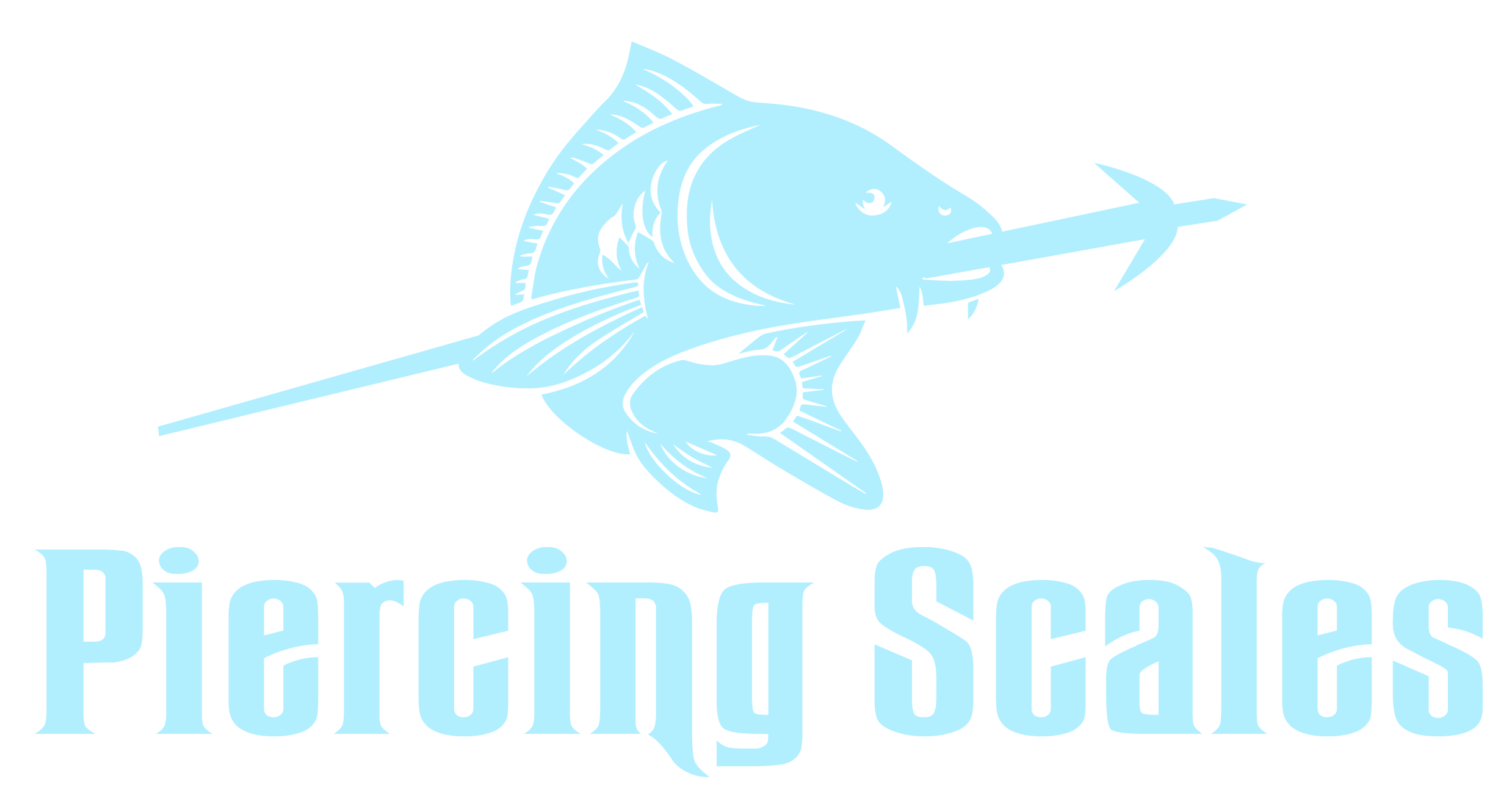Thanks for visiting my blog, I sure appreciate it.
I’m an avid bowfisher. In fact, “avid” might not be a strong enough word.
I thoroughly enjoy stalking rough fish. There’s just something exhilarating about stalking an easily-spooked monster carp cruising the shoreline. When your arrow connects, the adrenaline punch is like a jolt of electricity.
As you read through my blog posts, each of which details a bowfishing outing of mine, you’ll vicariously be able to experience my successes and [many] failures. I never spot-burn, so most of the lakes, rivers, and reservoirs remain nameless. I think that adds a little mystery too.
Enjoy!

Bowfishing has a very steep learning curve. Learning to set up the equipment takes a lot of time, and learning to aim—well, I haven’t figured that out yet.
There are equations I’ve read about, such as “for every ten feet distance, aim four inches lower” and “for every foot in depth, aim three inches lower.”
But, on the water, especially with moving fish, you don’t have time to calculate all that math. It’s clear to me that you have to develop a sixth sense—a reflexive shot. You can’t think about it. It needs to come naturally, and I believe that comes with repetition and practice.
So, I brought some long pieces of 3/4″ Styrofoam home from work, along with three bricks. I’m going to tie the rectangular Styrofoam pieces to the bricks using thin wire, and drop them into the water at various depths.
Then, I’ll practice shooting arrows at each of them and try to develop my skills a little further.
My bowfishing bow, which I custom ordered three months ago, is an Oneida Osprey. It’s got a draw length of 27.5-29, a draw weight of 30-50#, aluminum timing wheels, and a camo riser and outboard limbs.
It’s a sweet bow.
During lulls in the bowfishing action, I caught a few trout with my fly rod.

